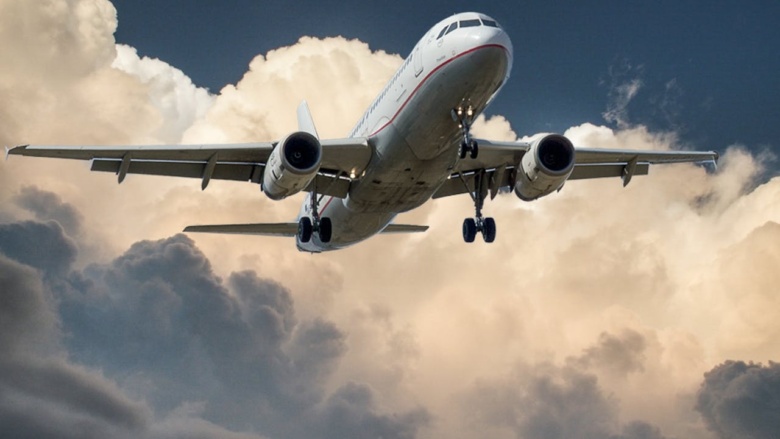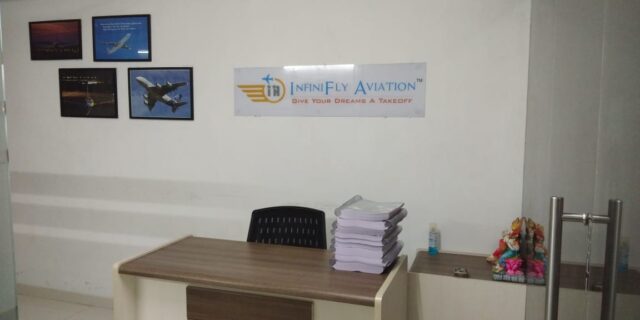The sky has fascinated human beings for centuries. From the myth of Icarus to the roar of modern jet engines, the dream of flying continues to capture both curious and technical minds.
For students and professionals aiming to carve a future in aviation or aerospace engineering, books play a critical role in strengthening technical knowledge and building perspective, confidence and decision-making skills. While classroom training, simulators and hands-on projects are crucial, books are where foundational understanding often begins and evolves. Here’s a carefully curated list of the top 10 books every aspiring pilot and aerospace engineer should read.
1. Stick and Rudder by Wolfgang Langewiesche

This timeless classic, first published in 1944, remains one of the most recommended books for student pilots. Langewiesche explains flying in simple, logical terms that cut through the jargon. Despite being decades old, the book’s principles are still relevant because physics hasn’t changed. It’s not a textbook but a guide that trains your mind to think like a pilot.
2. Fate Is the Hunter by Ernest K. Gann

For those who believe flying is just about charts and instruments, this book will change your perspective. Gann, a former airline and military pilot, narrates his real-life experiences flying in difficult conditions. It’s a gripping, personal account of aviation in the early days of commercial flight and a valuable lesson in respecting both the machine and the unknown.
3. Aircraft Structures for Engineering Students by T.H.G. Megson

If you’re on the path to becoming an aerospace engineer, this is a must-have. Megson’s book explains the design and structural integrity of aircraft in great detail. It’s a technical manual, no doubt, but written in a way that supports both classroom learning and self-study. You’ll come back to it throughout your academic journey.
4. The Turbine Pilot’s Flight Manual by Gregory N. Brown and Mark J. Holt

This book is a step up for those moving from propeller-driven aircraft to turbine engines. It goes beyond the basics and gives readers a deeper understanding of the systems, performance and handling of jet-powered aircraft. Aspiring commercial pilots preparing for type ratings or transitioning to airlines will find this book highly useful.
5. Introduction to Flight by John D. Anderson Jr.

Used in aerospace engineering courses worldwide, this is one of the most respected textbooks in the field. It combines theory with historical context, making it both informative and engaging. If you’re beginning your engineering education, this book lays a strong foundation in aerodynamics, propulsion and aircraft design.
6. Skyfaring: A Journey with a Pilot by Mark Vanhoenacker

Written by a British Airways pilot, Skyfaring is not a technical book but a poetic and reflective look at flying. It gives aspiring aviators a feel of what life at 35,000 feet is really like, from watching city lights blur beneath to managing jet lag across time zones. A brilliant reminder that flying is not just science; it’s also art.
7. Fundamentals of Astrodynamics by Roger R. Bate, Donald D. Mueller and Jerry E. White

A perfect book for those inclined towards space engineering or orbital mechanics. It covers trajectories, satellite operations and other mathematical concepts critical for understanding space flight. It’s not an easy read, but it’s essential for those serious about space systems or ISRO/NASA-level careers.
8. Test Pilot: An Extraordinary Career Testing Civil Aircraft by Brian Trubshaw

If your interest lies in experimental flying or certification testing, this book offers an insider’s look at one of aviation’s most challenging roles. Trubshaw was the chief test pilot for Concorde and shares what it takes to fly an aircraft before the world ever sees it.
9. Pilot’s Handbook of Aeronautical Knowledge (FAA-H-8083-25B)

Even though it’s published by the US Federal Aviation Administration, this handbook is relevant globally. It’s an official guide that covers everything from weather systems and navigation to aerodynamics and cockpit instruments. For students preparing for DGCA exams or pilot interviews, it’s a goldmine of information.
10. Rocket Propulsion Elements by George P. Sutton and Oscar Biblarz

An essential text for those dreaming of working with rockets. From chemical propellants to propulsion cycles, this book dives deep into rocket engine design. It’s more advanced and ideal for engineering students in their final years or those pursuing higher studies in propulsion systems.
Concluding Remarks
The aviation and aerospace sectors demand a unique blend of discipline, creativity and technical excellence. These books serve not just as guides but as companions on your journey, whether you’re solving equations, practicing checklists or dreaming about breaking the next boundary of flight. Reading one or more of these will not only prepare you academically but also deepen your respect for the field.
If you are a student or young professional looking to enter the aviation sector, stay connected with INFINIFLY AVIATION. From workshops and mentorship to hands-on flying and engineering training, INFINIFLY AVIATION supports you at every altitude of your journey. Whether you aim to become a pilot, an aerospace engineer or both, we can help you take the right steps.




